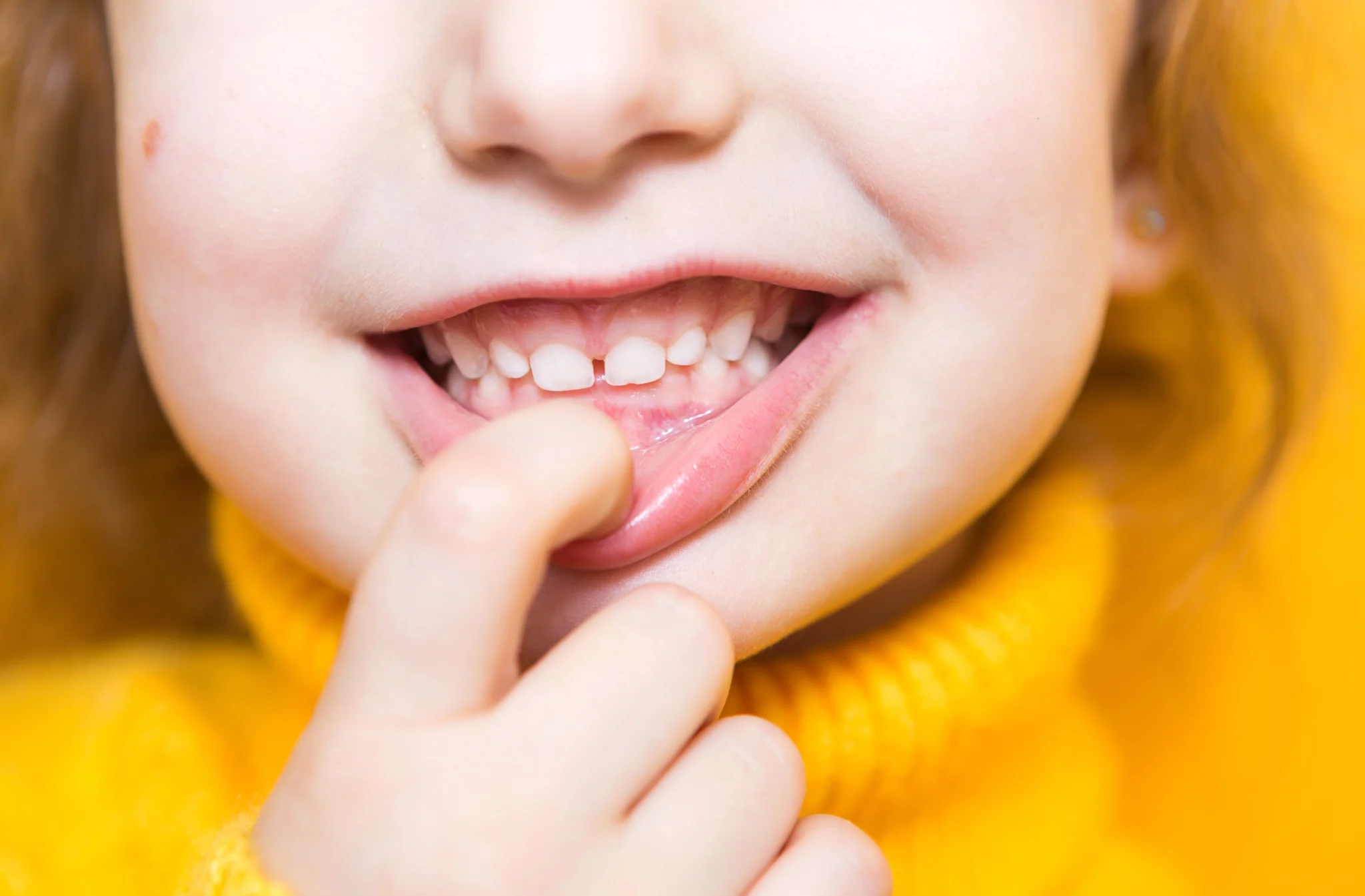When reviewing possible orthodontic conditions, one common term that often comes up is ‘overbite.’ At Walt Orthodontics, we frequently encounter patients curious about what an overbite is and how it can be addressed. This article aims to demystify the concept of an overbite and explore the treatment options available.
What Does An Overbite Look Like?
An overbite is a dental condition where the upper teeth significantly overlap the lower teeth. It is a type of malocclusion, which means the teeth are not aligned properly when the mouth is closed. Overbites can be vertical, where the top teeth overlap the bottom teeth more than usual (also called a deep bite), or horizontal, where the top teeth jut out in front of the bottom teeth (also called overjet).
Causes of Overbites
Several factors can contribute to the development of an overbite. These include:
1. Genetics: Like many dental conditions, genetics play a significant role in the development of an overbite. If parents have overbites, there’s a higher likelihood their children will too.
2. Habits in Childhood: Certain childhood habits like thumb sucking, prolonged use of a pacifier, or extensive bottle feeding can influence the development of an overbite.
3. Jaw Development Issues: Sometimes, issues in the development of the jaw bone can lead to an overbite. This can be due to genetics or external factors affecting jaw growth.
Impacts of an Overbite
An overbite can affect both oral health and aesthetics. If left untreated, it can lead to:
- Difficulty in cleaning teeth properly, increasing the risk of tooth decay and gum disease.
- Jaw pain and temporomandibular joint disorders (TMJ).
- Challenges with speech and eating.
- Self-esteem issues due to the appearance of the teeth.
- Accelerated wear of teeth.
Treatment Options
The good news is that overbites can be effectively treated, and several options are available, depending on the severity and cause of the overbite:
1. Braces: The most common treatment for an overbite is braces, which slowly move the teeth into the correct position. Walt Orthodontics offers various braces options, including LightForce custom braces and clear aligners like Invisalign. We previously addressed the question about whether Invisalign can fix an overbite.
2. Surgery: In severe cases, especially when the overbite is due to jaw misalignment, orthognathic surgery may be recommended.
3. Removal of Teeth: Sometimes, removing one or more teeth can create the necessary space to realign the remaining teeth and correct an overbite.
4. Growth Modification Devices: These are typically used in children and teenagers to guide the proper growth of the jaw. We most often use a Carriere appliance.
Consultation and Personalized Treatment
Every overbite case is unique, and Dr. Walt believes in a personalized treatment approach. We invite you to schedule a consultation with our team, where we can assess your specific situation and recommend the most effective treatment plan. Visit our Contact Us page to book an appointment.
Conclusion
Understanding overbites is crucial in recognizing the need for orthodontic treatment. We are dedicated to providing comprehensive care and effective solutions for overbite correction. Our goal is to ensure every patient achieves not just a corrected smile but also long-term oral health.
For more detailed information on overbites and orthodontic health, the American Association of Orthodontists offers a wealth of resources and guides.




